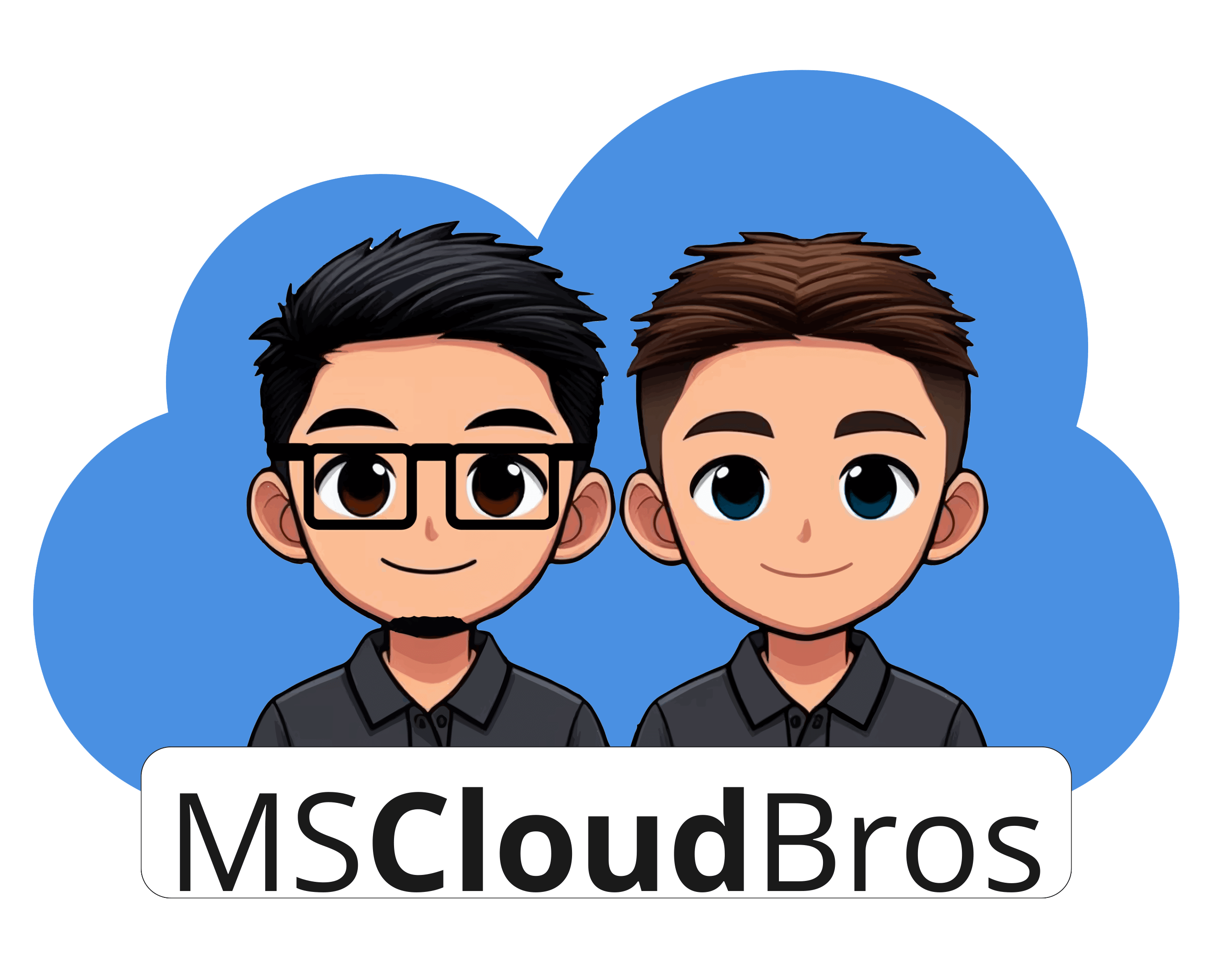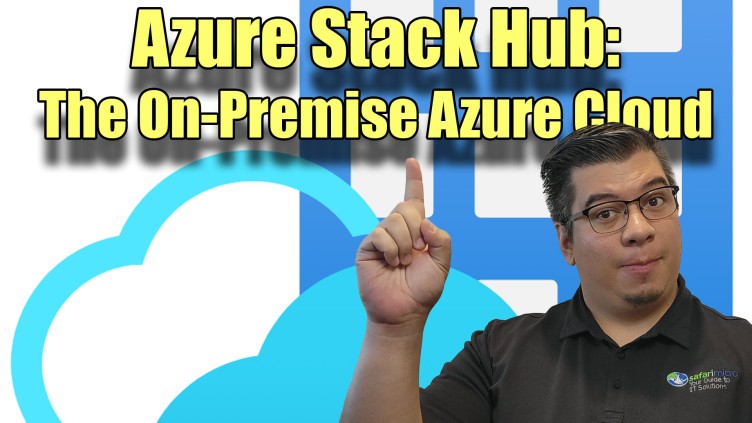Microsoft Azure Stack Hub is a fascinating hybrid cloud platform that enables businesses to harness the power of cloud computing in their own data centers. It’s like having your personal slice of Azure, right at your doorstep.
I’ve worked with Azure Stack Hub for over 3 years and while it’s not a direct 1-for-1 copy of Microsoft Azure in some areas, it is an amazing on-premise hybrid cloud environment that is definitely of tremendous power and value.
This article aims to shed light on the Azure Stack Hub, its features, benefits, and how it empowers organizations with a blend of cloud and on-premises applications.
What is Azure Stack Hub?
Azure Stack Hub is an extension of Microsoft Azure, while also an on-premise virtualization platform in its own right. Think of it as a “mini-Azure” that resides within your organization’s premises. It allows you to run applications in an on-premises environment while delivering Azure services right in your data center.
Azure Stack Hub is a powerful integrated system, housed in racks of 4-16 servers. These are meticulously constructed by trusted hardware partners and delivered directly to your datacenter.
Once the system arrives, a dedicated solution provider collaborates with you to deploy the system. It’s important to have your datacenter ready, with all necessary power and cooling systems, border connectivity, and other pivotal integration prerequisites in place.
Once installed and operating as it should, they’ll hand the solution over to you.
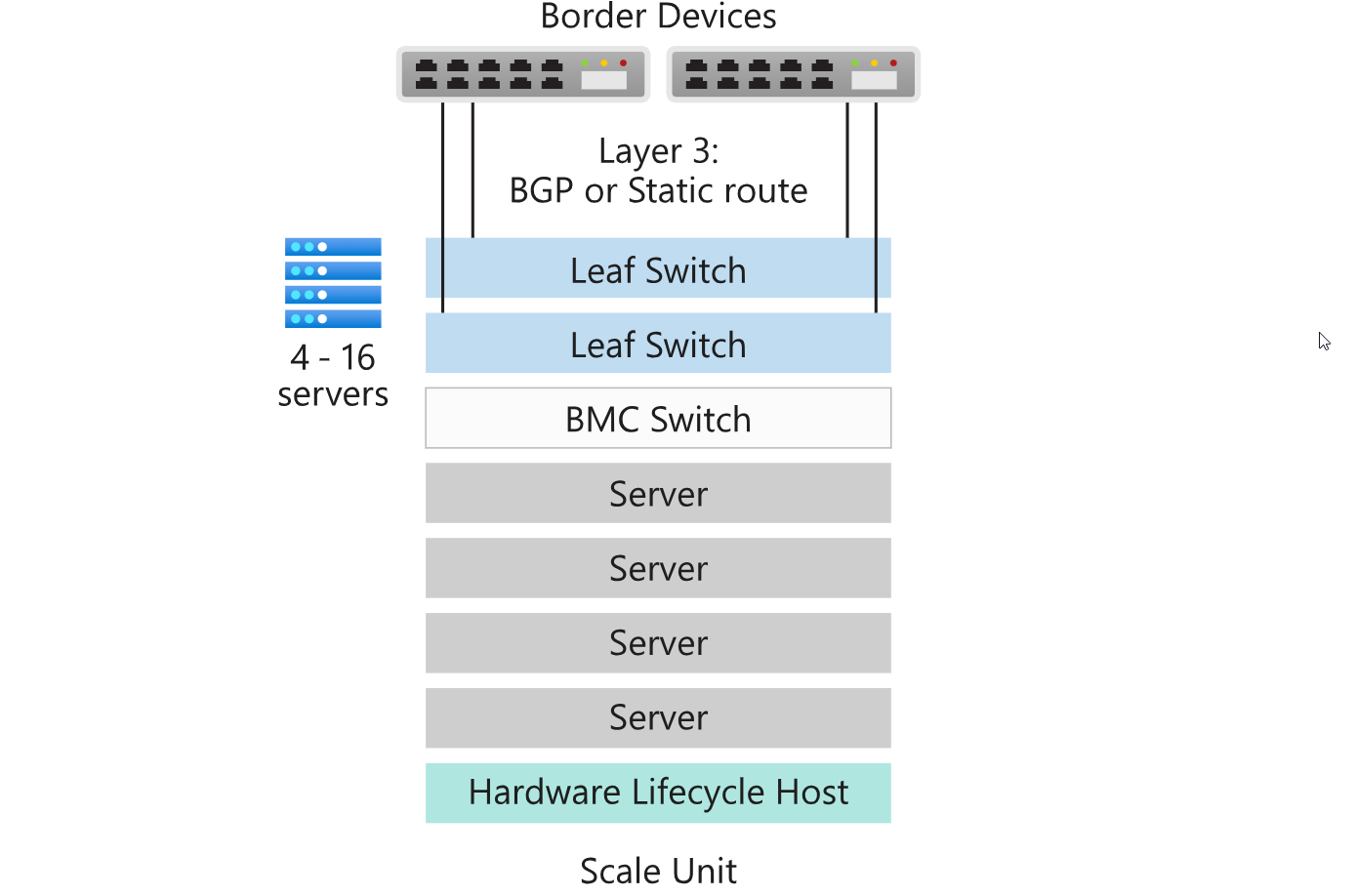
Why would you consider Azure Stack Hub?
Azure offers a robust platform for developers to create modern applications. However, some cloud-based applications can encounter challenges such as latency, intermittent connectivity, and regulatory restrictions. This is where Azure and Azure Stack Hub shine, opening up new hybrid cloud scenarios for both customer-centric and internal business applications.
Consider edge and disconnected solutions. Azure Stack Hub addresses latency and connectivity challenges by processing data locally and then consolidating it in Azure for enhanced analytics, maintaining common app logic across both platforms. You can even deploy Azure Stack Hub without internet connectivity, making it ideal for environments like factory floors and remote locations.
Azure Stack Hub can be advantageous when dealing with cloud applications that need to meet varied regulations. It allows you to develop and deploy applications in Azure with the flexibility to deploy on-premises to comply with specific regulatory or policy requirements. No code modifications are needed. This is particularly beneficial for applications like global audit, financial reporting, foreign exchange trading, online gaming, and expense reporting.
Azure Stack Hub also brings the cloud application model on-premises. Utilize Azure services, containers, serverless, and microservice architectures to update existing apps or to create new ones. You can apply consistent DevOps processes across Azure in the cloud and Azure Stack Hub on-premises, accelerating application modernization for mission-critical applications.
Azure Stack Hub also brings the same ease of creating virtual infrastructure as Microsoft Azure. Spin up and manage virtual networks and VMs just as easily as you do in Microsoft Azure.
Resource Providers
Azure Stack Hub provides resource providers for compute, network, storage, app service, SQL Server, and MySQL Server. These resource providers are web services that form the foundation for all Azure Stack Hub IaaS and PaaS services. These three in particular are your core providers:
- Compute Resource Provider: This provider enables Azure Stack Hub users to generate their own Virtual Machines (VMs). It not only allows the creation of VMs but also enhances them with VM extensions.
- Network Resource Provider: This provider offers a suite of Software Defined Networking (SDN) and Network Function Virtualization (NFV) features tailored for your private cloud. It enables you to create resources such as software load balancers, public IPs, network security groups, and virtual networks.
- Storage Resource Provider: This provider delivers four Azure-consistent storage services – blob, queue, table, and Key Vault account management. The latter provides management and auditing for secrets like passwords and certificates.
Identity Management
Azure Stack Hub employs either Entra ID (formerly Azure AD) – Microsoft’s cloud-based identity provider for global Azure and Microsoft 365 services – or Active Directory Federation Services (AD FS) for identity management. Entra ID is typically the preferred choice for most internet-connected hybrid deployments.
However, for Azure Stack Hub deployments that are disconnected (no internet connectivity), AD FS becomes necessary. Regardless of whether you use AD FS or Entra ID, Azure Stack Hub resource providers and other applications function in a similar manner.
Management and Delivery of Services
Azure Stack Hub can be managed through the administrator portal, user portal, or PowerShell. It allows operators to deliver VMs, web apps, highly available SQL Server, and MySQL Server databases. The portals for Azure Stack Hub has the same look and feel as Microsoft Azure.
For the most part, things like building out virtual networks and spinning up virtual machines and other azure resources is done the same way as in Microsoft Azure, making it pretty intuitive to use for those used to working in Azure.
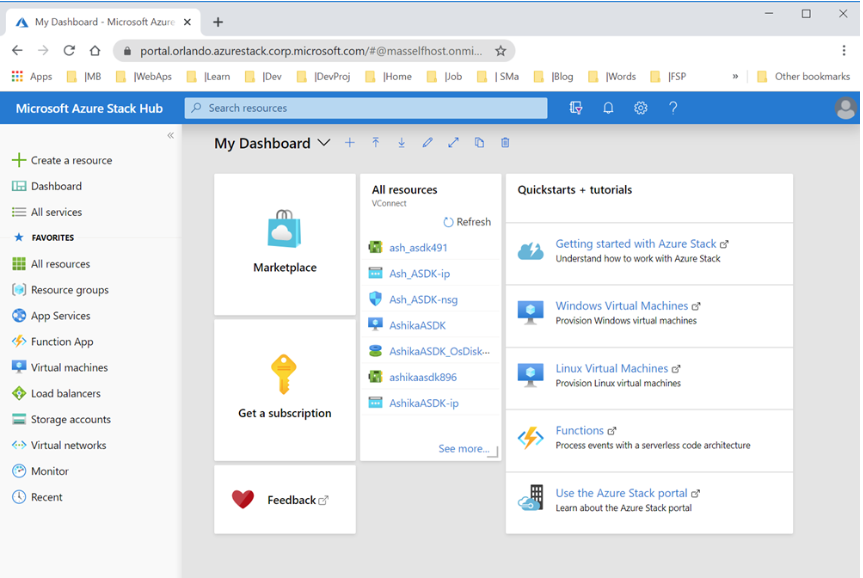
One of the biggest differences though from Microsoft Azure is the backend administrative side. You have a separate Azure Stack Hub admin portal for administratively managing the overall environment. Here you’ll interact with backend elements you would normally not see when working in Microsoft Azure – including backend infrastructure VMs for App Services. Since this is mini-azure that physically exists on-site for you, it means you’ll need to support the actual infrastructure that would normally be invisible to you for Azure services.
You can also deliver services to tenants using plans, quotas, offers, and subscriptions. This enables varying ways to consume Azure Stack Hub resources – allowing you to deploy subscriptions, plans, and quotas to specific business units in your organization or even to an organization’s clients so they can consume resources in a designated manner.
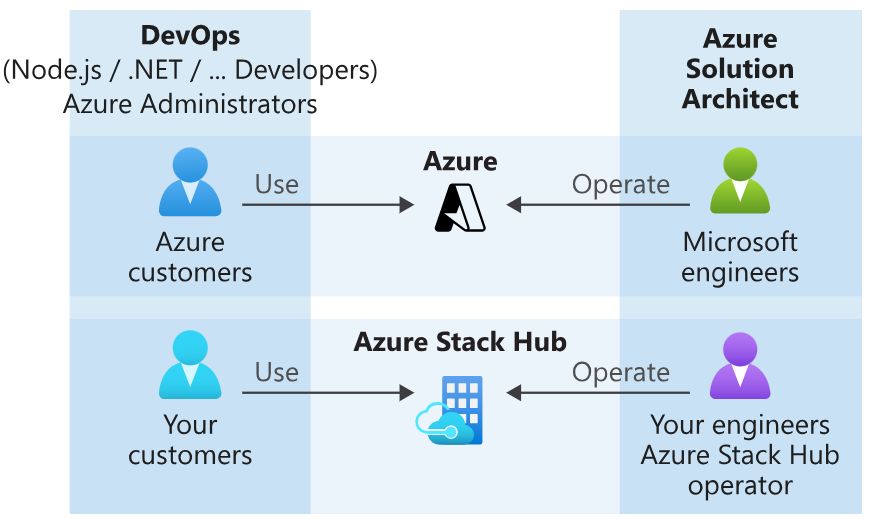
Azure Stack Hub is a powerful platform that brings the agility, innovation, and efficiency of Azure to your on-premises environment. Whether you’re operating in a remote location, dealing with intermittent connectivity, or managing mission-critical applications, Azure Stack Hub is your trusted partner for a seamless hybrid cloud experience.
